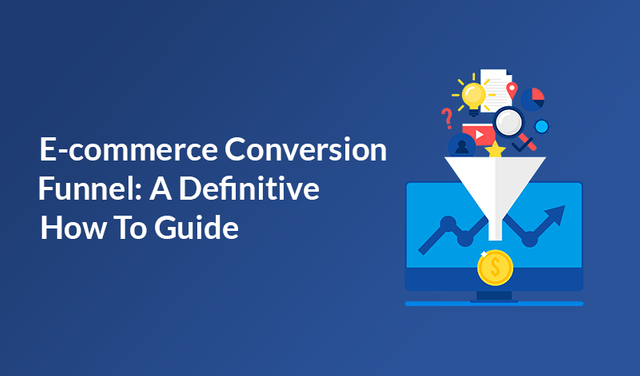
E-commerce conversion funnel seems easy in theory: a consumer gets to know your brands through an online ad or other source, visits and browses your website, finds the product they like, and becomes your customer.
Sounds easy in theory.
In practice, however, the story is different.
An e-commerce conversion funnel is not a straight journey from point A to point B, as it seems. This journey is often not linear and straightforward, and there are quite a few hidden rocks that your e-commerce business will stumble over.
That being said, not being able to optimize your e-commerce conversion funnel to fit the needs of your potential customers can cost you your business. Boo.com had to learn it the hard way.
Boo.com: The Story of a Failed E-Commerce Conversion Funnel
Launched in 1999, Boo.com was one of the most talked-about companies at that time, all because of its innovative lead nurturing conception.
The company targeted young wealthy people between 18 and 24 years old and offered products from expensive sports brands. The goal was to become the top sports e-retailer around the world, with the venture capital of $135 million.
To draw the attention of its target audience, Boo.com created customized websites for several European countries. But to get even more interest from their audience, the company developed a state-of-the-art 3D modeling technology to show its products from different angles. This was the company’s idea to effectively nurture leads.
What went wrong?
While 3D modeling was an effective way to showcase products, Boo.com failed to recognize that its audience hardly had the bandwidth necessary to enjoy product animations. The websites were loading so slowly that it took over an hour to order a product. And, as a result, the company failed because only 4 out of every 1,000 customers placed orders.
Clearly, Boo.com’s conversion funnel failed. But, before we try to investigate, where the company’s conversion efforts went wrong, let’s take a closer look at what a conversion funnel is.
What is an E-commerce Conversion Funnel?
When visitors first come to your website, they need to go through several stages before they become your customers. This journey took the name of a metaphorical funnel, at the end of which a visitor ideally becomes your repeat buyer.
If the conversion funnel optimization goes well, your e-commerce business will get a number of benefits:
>higher purchase value
>more customers
>easier up-selling and cross-selling
>more units sold per customer
To achieve these benefits, it is important to fully understand what’s going on in every stage of an e-commerce conversion funnel and how to optimize it if any issues occur.
Below, you can see the five main stages in the e-commerce conversion funnel:
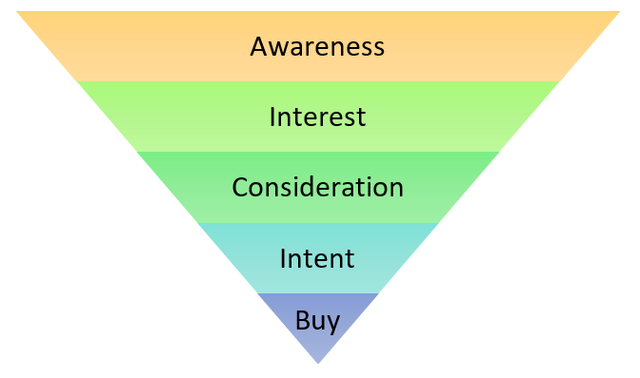
When a consumer is on their journey to become your repeat buyer, there should be something engaging at every single one of these stages to push them further down this funnel. Consequently, if nothing holds consumer’s attention, they will escape the funnel.
This is exactly what happened to Boo.com. The company failed to keep the attention of its target audience between the Interest and Consideration stages.
Even though Boo.com made all the necessary efforts and invested in innovative technology, they failed to see that these efforts didn’t cater to the needs of their target audience, which was a quick and effortless purchase of the products online.
Boo.com is a classic example of a mistake in conversion funnel optimization. To help you avoid that, let’s take a closer look at the process of building an effective e-commerce conversion funnel step by step, and what you need to do at every stage to keep your future customers interested in buying from you.
A How-To Guide to E-Commerce Conversion Funnel Optimization
Funnel optimization is necessary for the success of your business, but there’s no magic pill to make it work right away.
The whole process is about learning through trial and error, incorporating the necessary strategies, and closely watching the data.
So, let’s go through the conversion funnel step by step to see what you can do to optimize it.
Step #1: Setting a Goal
The formation of the conversion funnel starts with preparing your product and going through relevant market research.
Essentially, your task here is to put yourself in your future customer’s shoes, try to see your product through their eyes, and in comparison with your competitors.
That being said, to help you better understand how the customers will convert, and to set relevant goals, you need to study your target audience and do competitor analysis.
Based on the details you collect from this analysis, you will be able to lay out a general projection report on what kind of conversion rates you expect.
1) Defining your target audience
Your target audience will be the foundation of all your efforts connected to the sales funnel. That’s why you need a detailed description of an ideal customer persona (ICP).
The ICP profile normally contains the following information:

Depending on your product, you might also want to include the information whether your ICP is the decision-maker in the family, the size of their family, and other details to make the profile more specific.
Let’s take our Boo.com example and see what its ICP could hypothetically look like, based on the company description we mentioned above:
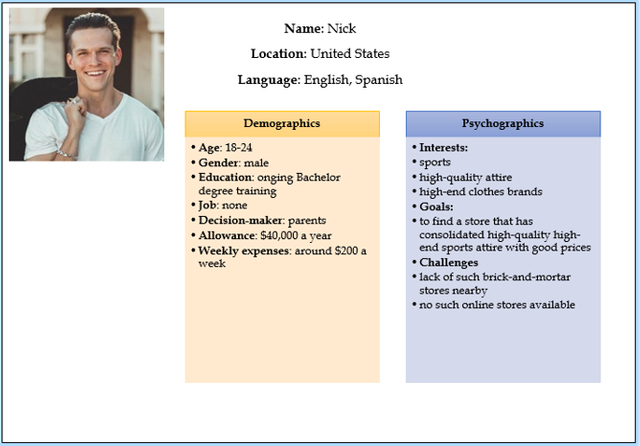
The reason why the company’s e-commerce funnel failed is that it didn’t properly analyze the challenges of the e-commerce industry back then, that their target audience could encounter, namely, poor Internet speed that didn’t allow their website to be responsive enough.
That’s why it is important to mention that when researching your target audience, compare your findings with the current state of the industry and market analysis. These efforts will help you estimate the expected conversion rates more precisely.
What else can you do to collect details for your ICP?
If your e-commerce business has been around for a little while, and you have a decent following on social media, you can extract demographic and psychographic details from social data.
Social data is information shared by social media users, which includes details about:
>location
>language
>biographical data
>feedback and shared links
All this data can be found in the Analytics tab on different social media platforms (if you’re running your page as a business account). Here’s how it looks on Facebook:
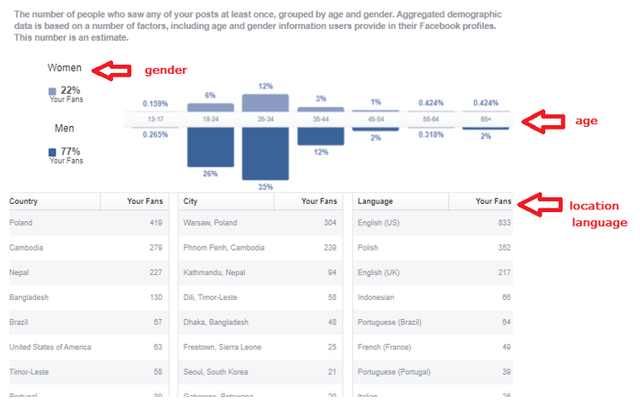
This information can help you see, who your followers are, and which segment of your audience is the most active. This segment could be the potential target audience for your sales funnel.
2) Doing competitor analysis
The e-commerce industry is busy. There is a big chance that there are e-commerce companies that have concepts similar to yours, and who already have a decent amount of customers.
That’s why, to make the goals for your conversion funnel more precise, you need to do a thorough competitor analysis.
You can start the analysis by answering a few questions:
>Who are your competitors?
>What influence could they have on your e-commerce business?
>How long have they been in the industry?
>What are their products or services?
>Are these products or services related to yours?
>What’s the pricing for their products, and how it correlates with the current state of the market?
>What value do their products offer to their customers?
>What is good about the way they are running their business?
>What do they lack?
>Which points differ you from your competitors?
To make your answers look more organized and traceable, you can you the competitor analysis checklist below:
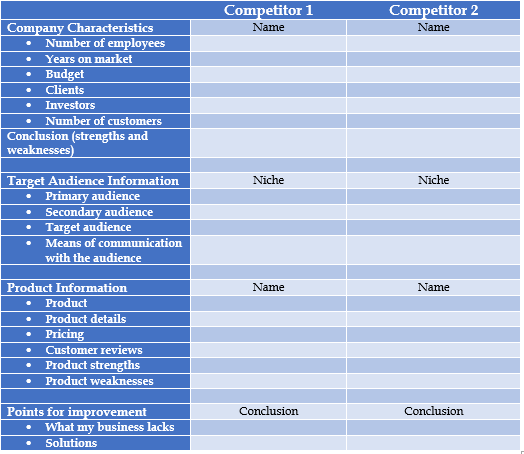
Like in the case of building an ideal customer profile, you cannot do a proper competitor analysis without taking into consideration the outtakes from your market research. This will help you better understand the demand for your product and how competitors use it to build their conversion funnels.
Step #2: Building Awareness
Now that you’ve set your goals, analyzed competitors, and defined your audience, it’s time to think, how you are going to build awareness of your e-commerce brand.
Building awareness is an integral part of an e-commerce sales funnel. You cannot skip this step because it allows your future customers to get to know your brand first before making their purchase decisions.
For an e-commerce brand, this step is all about building a digital presence and familiarizing your audience with your brand and products. There are four major ways you can do it:
> Organic search and SEO. Google is one of the top places where consumers discover e-commerce brands. Reportedly, nearly 60% of consumers browse text or images in search results to find brands they are interested in. That’s why search engine optimization should be one of your top strategies. It helps you get on the first page of search results, making your e-commerce brand more discoverable.
> Content marketing. When it comes to an e-commerce sales funnel, building awareness is also about building authority. Content marketing can help you achieve that through blogging, video marketing, and other strategies aimed at engaging your target audience.
> Social media marketing. For consumers, social media platforms are not only the place to share content but also a way to find products they like. According to HubSpot, social networks are the biggest source of inspiration for consumer purchases — 37% of consumers find brands and products through these channels. For your e-commerce brand, social media give great opportunities to help your audience discover your product faster.
> Paid promotions. Banners, pay-per-click ads, and other paid promotions are a good way to get additional traffic and build brand awareness. This strategy is especially useful during holidays and seasonal sales, which is the perfect time for an e-commerce brand to get more potential customers.
While all four strategies can help attract the attention of consumers, you don’t need all of them to build awareness. Or, if you decide to try content marketing, it doesn’t mean you have to have a blog right away.
For instance, Daniel Wellington, a famous e-commerce brand that sells watches, invests mostly in video content for their YouTube channel:
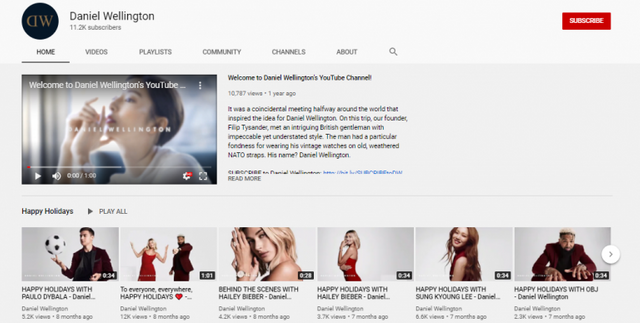
There, potential customers can find behind-the-scenes videos from the brand’s campaigns as well as different how-to tutorials.
Apart from video marketing, Daniel Wellington is also one of the brands famous for investing in influencer marketing.
The MediaKix case study of the company’s influencer marketing strategy discovered that, at the beginning of a massive influencer marketing campaign, Daniel Wellington has generated over 800K photos and videos on Instagram.
As of today, the hashtag #DanielWellington has over two million mentions:
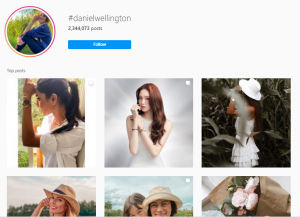
As you can see, it’s not necessary to involve all possible strategies to build brand awareness. Your choice should depend more on your brand values and product, as well as on what’s trending at the moment.
Step #3: Igniting Interest
When the stage of building awareness is complete, consider what you can do to ignite interest in your future customers to push them further down the conversion funnel.
This is the stage where you establish contact and start building a relationship between your brand and a consumer. A very important point here is that this relationship should be built on trust and mutual benefit if you want a consumer to become your regular customer.
To ignite more interest in your brand, you need to perform some kind of exchange with a consumer or give an exclusive offer. Here are a few ideas:
1) Give a limited-time offer.
When a consumer visits your website for the first time, you can spark their interest in purchasing your product by giving them a one-time exclusive offer.
On the example below, you can see how Blue Apron, a subscription-based meal delivery service, uses this strategy to target first-time website visitors:
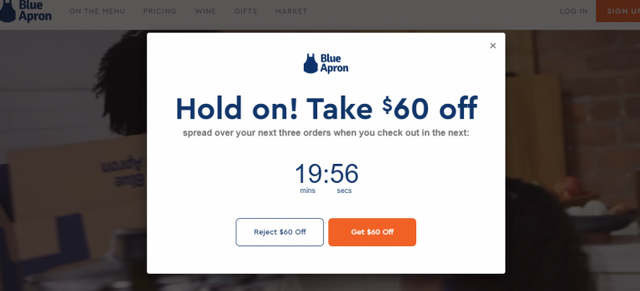
Such offers provoke the fear of mission out (FOMO) and the sense of urgency, making a consumer more include to purchase a product.
2) Invite to Participate in a Loyalty Program.
Exclusive loyalty programs that offer great benefits are very popular among consumers. Sephora, a both online and brick-and-mortar beauty shop, knows the value of such programs. That’s why it offers first-time visitors to participate in their program right away:
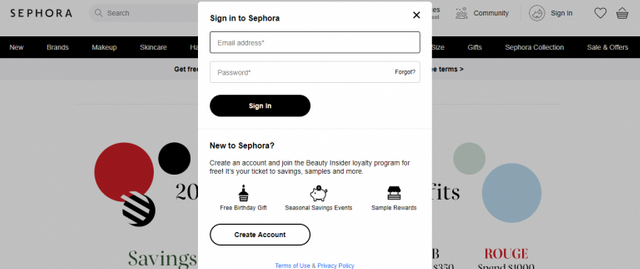
Upon subscribing, consumers get exclusive access to a savings program that allows them to purchase products at a lower price and get a free birthday gift.
3) Offer a free e-book.
For many customers, value comes from knowledge. And the best way you can deliver this value is by offering a subscription-based e-book.
Hubspot, a popular digital marketing platform, is one of the pioneers of this method, engaging hundreds of potential clients with their educational e-books:
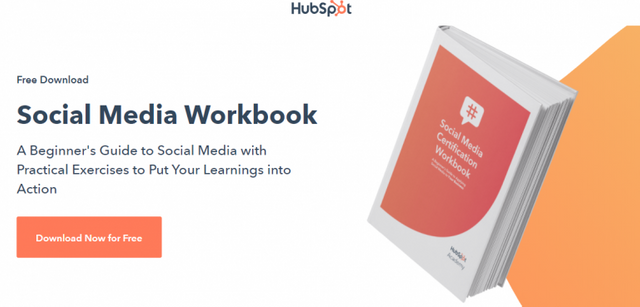
Of course, this strategy is not for every e-commerce brand. But if it fits your brand values and your product, it can be a powerful way to ignite the interest of consumers and help them convert.
Read More: https://www.hiddentechies.com/blog/ecommerce-tips/e-commerce-conversion-funnel-guide/